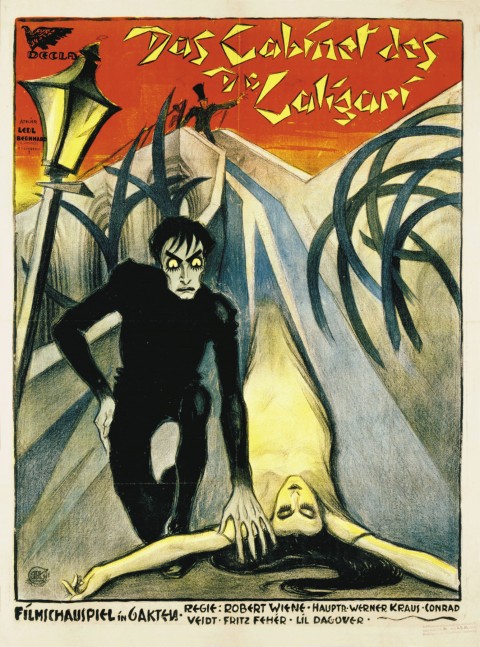Here on Halloween of 2024, we have a greater variety of scary stories — and arguably, a much scarier variety of scarier stories — to choose from than ever before. But whatever their relevance to the specific lives we may live and the specific dreads we may feel today, how many such current works stand a chance of being read a couple of centuries from now, with not just historical interest but genuine chills? With each Halloween that brings us nearer to the 200th anniversary of Edgar Allan Poe’s literary debut, the works of that American pioneer of the grotesque and the macabre grow only more deeply troubling.
“The word that recurs most crucially in Poe’s fictions is horror,” writes Marilynne Robinson in the New York Review of Books. “His stories are often shaped to bring the narrator and the reader to a place where the use of the word is justified, where the word and the experience it evokes are explored or by implication defined. So crypts and entombments and physical morbidity figure in Poe’s writing with a prominence that is not characteristic of major literature in general. Clearly Poe was fascinated by popular obsessions, with crime, with premature burial” — obsessions that haven’t lost much popularity since his day.
Examined more closely, “the horror that fascinated him and gave such dreadful unity to his tales is often the inescapable confrontation of the self by a perfect justice, the exposure of a guilty act in a form that makes its revelation a recoil of the mind against itself.” This is true, Robinson writes, of such still-widely-read works as “The Fall of the House of Usher,” “The Masque of the Red Death,” “The Black Cat,” and “The Tell-Tale Heart.”
You can hear all of those stories and more in the Youtube playlist above, narrated by a variety of performers immediately recognizable by voice alone: Christopher Lee, Vincent Price, William S. Burroughs, Orson Welles, Bela Lugosi, Basil Rathbone, and the late James Earl Jones.
Whether read aloud or on the page, Robinson notes, Poe “has always been reviled or celebrated for the absence of moral content in his work, despite the fact that these tales are all straightforward moral parables. For a writer so intrigued by the operations of the mind as Poe was, an interest in conscience leads to an interest in concealment and self-deception, things that are secretive and highly individual and at the same time so universal that they shape civilizations.” While there are civilizations, there will be tell-tale hearts; and while there are tell-tale hearts, there will be an audience responsive to Edgar Allan Poe’s brand of horror, on Halloween or any other night.
Related content:
Download The Complete Works of Edgar Allan Poe: Macabre Stories as Free eBooks & Audio Books
Why Should You Read Edgar Allan Poe? An Animated Video Explains
7 Tips from Edgar Allan Poe on How to Write Vivid Stories and Poems
Based in Seoul, Colin Marshall writes and broadcasts on cities, language, and culture. His projects include the Substack newsletter Books on Cities and the book The Stateless City: a Walk through 21st-Century Los Angeles. Follow him on Twitter at @colinmarshall or on Facebook.


